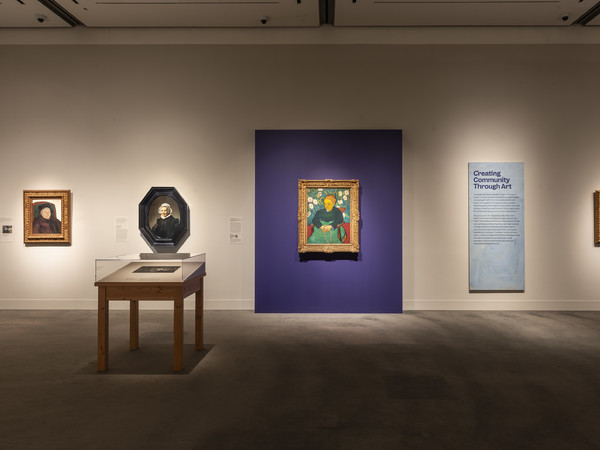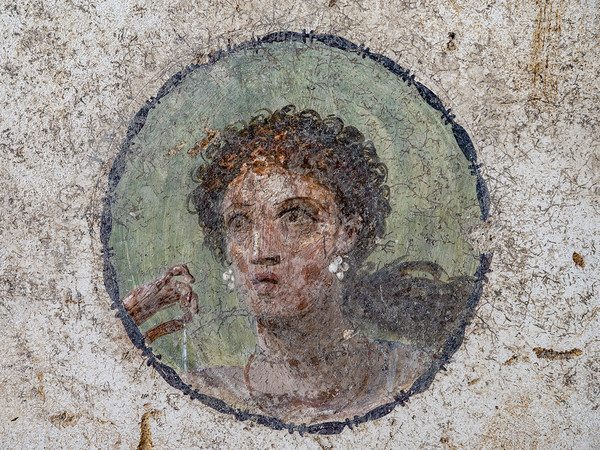 Jacob van Ruisdael, landscape with destroyed castle and a church, 1665, National Gallery, London
Jacob van Ruisdael, landscape with destroyed castle and a church, 1665, National Gallery, LondonIthe “landscape landscape with destroyed castle and a church” Jacob van Ruisdaelmade in 1665 and now exposed to National Gallery in LondraIt is a fascinating specimen of how the art of the landscape was evaluated and appreciated in the Dutch Republic of the seventeenth century, a period and a place where the Protestant Church no longer commissioned holy art, in which lay visitors prefer landscape paintings. This work by Ruisdael does not focus on biblical or mythological heroes, but rather on the landscape itself, which becomes the protagonist of the canvas. The painting does not represent a specific place, but it is rather an idealized interpretation of the Graafschap Gooi, in the heart of the Netherlands.
What immediately affects is the large cloudy air that occupies most of the painting, a characteristic element that expresses the size of nature compared to the smallness of man. The interesting detail is that, although the landscape was painted by Ruisdael, the figures of the shepherds and animals in the left corner are the work of the work of Adriaen van de VeldeSpecialist in figures and animals. This collaboration between artists specialized in various genres was a common practice in Dutch art of the time. The painting is divided into two contrasting parts. An area of sunny meadows and a stormy air, almost to symbolize duality between the earthly peace and the divine greatness of the sky.
https://www.youtube.com/watch?v=fmbffhihsay
Jacob van Ruisdael reflects on the relationship between man, nature and divine
The clouds, described with fast and light brush strokes, seem to move thanks to the wind that can be observed by looking at the photo, which suggests an imminent change of time. Especially fascinating is the reflection of heaven and castles in a quiet watercourse, a detail that shows the technical skill of Ruisdael when creating a mirror effect that reinforces the atmosphere of the image. Below, two human figures, minced meat are due to the vastness of the landscape that surrounds them, a memory of the modest position of man in the face of the greatness of creation. Ruisdael’s painting is therefore not only a representation of nature, but also a reflection of the relationship between man, nature and the divine, and offers spectators an image full of symbolism and in -depth meaning, perfect for introducing young students in the art of the Dutch landscape and the peculiar technical and stylistic characteristics.
Read more
More information about the artist: https://www.artsplorando.it/tag/jacob-van-ruisdael
This message uses various bibliographical contributions that you can consult here
Cc
#Jacob #van #Ruisdael #landscape #destroyed #castle #church



